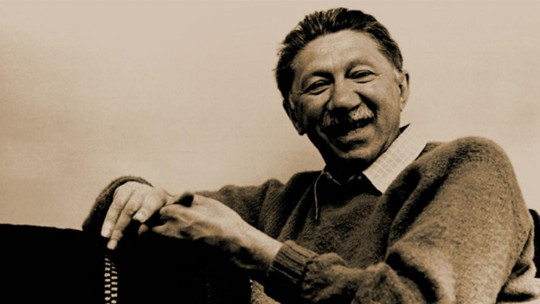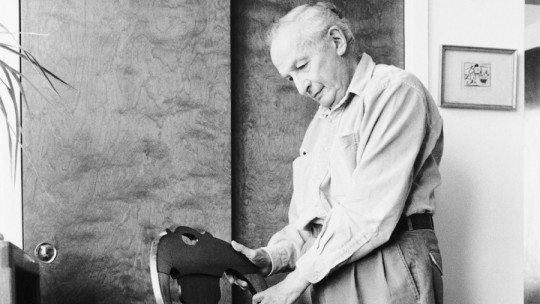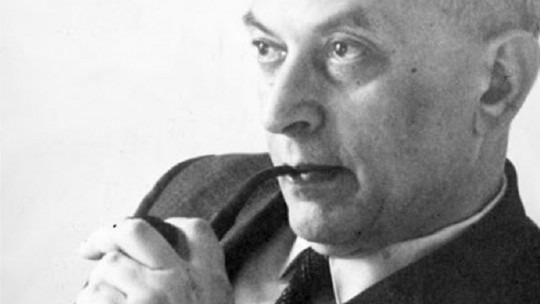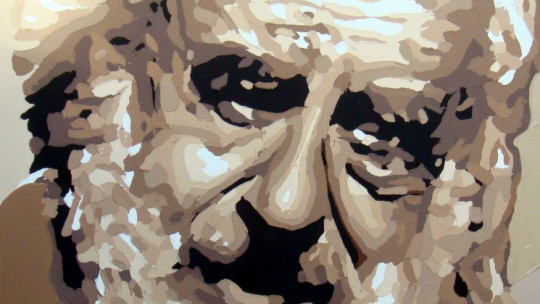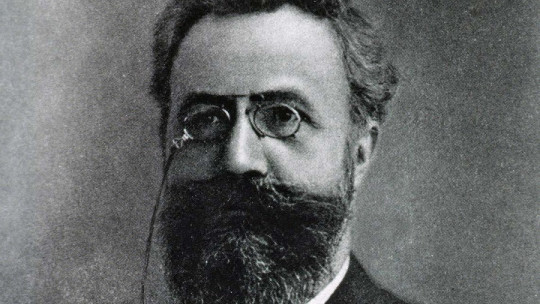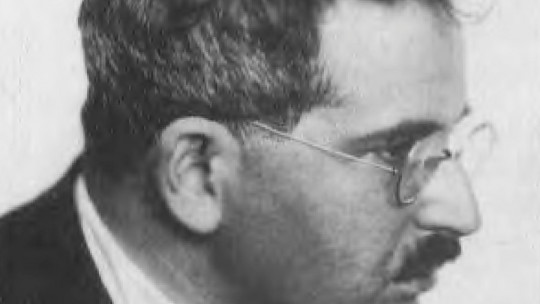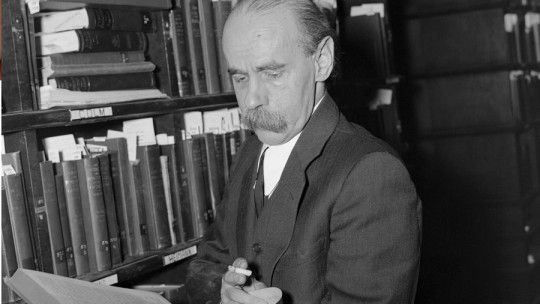
There are many currents within psychology, and Gestalt is one of the most important, with more than a century of existence.
On this occasion We will focus on the life of one of the creators of that school, Max Wertheimer reviewing his most important life episodes, the publications and research that had the most impact on other authors, and other events of interest.
Brief biography of Max Wertheimer
The author Max Wertheimer was born in 1880 in the city of Prague, at that time belonging to the Austro-Hungarian Empire He belonged to a wealthy family of Jewish origin. His father, Wilhelm Wertheimer, was a teacher and economist. For her part, Rosa Zwicker, his mother, had enjoyed the privileges of an elite education. The couple had another son, Walter, in addition to Max.
Therefore, the educational environment at the Wertheimer home was optimal for the children’s development. An intellectual and debate environment was promoted, including of a political and philosophical nature. Both Walter and Max were also provided with classical and musical training. From a very early age, they already read authors such as the philosopher Baruch Spinoza.
As for formal education, Max Wertheimer attended a Piarist school, and therefore Catholic, despite being Jewish, something that was relatively common in these countries. After completing the early stages of his training, he attended the Royal Imperial New City, before entering university.
Although he initially enrolled in law at the University of Prague, he later decided to focus on what really interested him, which was philosophy and human behavior that is, psychology, so he decided to move to the University of Berlin to formalize those studies.
Thus he had the opportunity to share the institution with a whole generation of future figures in psychology and other fields, among whom were, apart from Max Wertheimer himself, others such as the ethnomusicologist, Erich von Hornbostel, or the experimental psychologists, Georg Elias Müller. , Friederich Schumann and Carl Stumpf.
Max He continued his training, this time at the University of Würzburg, where he completed his doctoral thesis, studying the polygraph or lie detector, and its possible applications to evaluate the credibility of testimony.
The beginning of his professional career
Already as a doctor, Max Wertheimer began teaching and researching He began working at an institute in Frankfurt and then moved to the university in that same city. From 1903 to 1916, he would develop his career in this region of Germany. During that stage he was also called up to fight in the First World War, reaching the rank of captain.
The second stage in his professional life took place at the Berlin Psychological Institute, where he would spend no less than 13 years. Throughout those years, He met Anna Caro, whom he married and had four children The marriage began in 1923 and ended in 1942, when they divorced.
As for his work in Berlin, it continued until 1929 when he obtained a teaching position at the University of Frankfurt, for which he returned to that institution. Max Wertheimer taught classes at this institution, while He continued some of the research that he had started at the University of Berlin and that would mark the beginning of Gestalt psychology
But, in 1933 something happened that would mark not only his life, but that of the majority of people in Europe, and practically the world. The Nazis came to power in Germany.
Exile to the United States
Max Wertheimer was aware that, coming from a Jewish family, his role as a teacher and even as a citizen was about to be called into question in Nazi Germany. Therefore, He decided to leave Europe for the United States thanks to the facilities that the consulate of this country in Prague gave to many emigrants.
This is how, in September 1933, Max Wertheimer and his family arrived in New York. For all intents and purposes, they became American citizens, so from that moment on, he had both that nationality and the German nationality, which was that of his native land.
Furthermore, thanks to the professional career he had accumulated, he had no problem rejoining as a teacher, this time at the New School for Social Research, which would be the place where he would develop the rest of his career. Other pioneers of Gestalt psychology, such as Kurt Koffka and Wolfgang Kölher, had also emigrated to America.
In his new stage in the United States, He was in close contact with both these authors and with others who remained in Europe
Productive thinking and later years
Max Wertheimer’s health was seriously compromised, so since he had to leave Germany, at the age of 53, he was only going to live one more decade in his new country. During those years, In addition to working as a professor and resuming his research, he dedicated himself to preparing what would be his only work, titled “Productive Thinking.”
This volume was intended to explain thought processes from the perspective of Gestalt psychology, of which Max Wertheimer was one of the creators. He distinguished between productive and reproductive thinking. While the first represented the mental capacity to generate new ideas, the other is responsible for the repetition of data already existing in the brain.
To generate productive thinking, we start from the knowledge that the subject has stored. From these data, reasoning is carried out that gives rise to new ideas that did not previously exist in his mind. Max Wertheimer used the principles of classical logic to understand any question to its deepest level.
Likewise, claimed that, according to productive thinking, it was not a good idea to obstinately follow closed rules to try to solve a problem since sometimes they can become more of an impediment than a help to this end.
The postulates that Max Wertheimer left in his work, Productive Thinking, continue to be of great relevance today in issues related to the generation of knowledge schemes.
This was the last great contribution of this author, before he finally died in 1943, just after publishing said book. The cause of his death was a heart attack. He was 63 years old.
Max Wertheimer and the Gestalt
But without any doubt, Max Wertheimer’s reputation is linked to the founding of the Gestalt psychological school The foundation of this current is that perception uses mechanisms to automatically recognize patterns in sets of simple elements. Basically, these patterns can be based on the proximity of said elements, their similarity, the continuity they have, depending on the figure they create with respect to the background or if they generate closure.
The first time Max Wertheimer thought in these terms was in 1910, when he was teaching in the city of Frankfurt. He was taking a train trip when he noticed the way in which he perceived and grouped certain visual stimuli without thinking. That was the origin of one of the most important currents in psychology.
Another of the principles that he established for Gestalt is that the final result generated by the set of elements is different from them. That is, the pattern generated by the group gives rise to a construct that is beyond the parts that compose it, it has an identity of its own.
The Gestalt current, developed by Max Wertheimer, Kurt Koffka and Wolfgang Köhler, It emerged in contrast to the perception studies of the prevailing school at that time, which was elementalist and structuralist whose greatest exponents were Wilhelm Wundt and Edward Titchener.
The phi phenomenon of apparent motion
The other great contribution of Max Wertheimer was the description of a curious phenomenon, baptized as the phi phenomenon What this author was referring to is the perception of an apparent movement, which in reality does not take place, when lights located on opposite sides alternate, turning one on when the other goes off.
This alternation generates an illusion of movement in the viewer, who can perceive how the light is moving from one side to the other, since his mind automatically completes a pattern, interpreting that it is a single light that constantly moves position, when in There are actually two that flash alternately.


